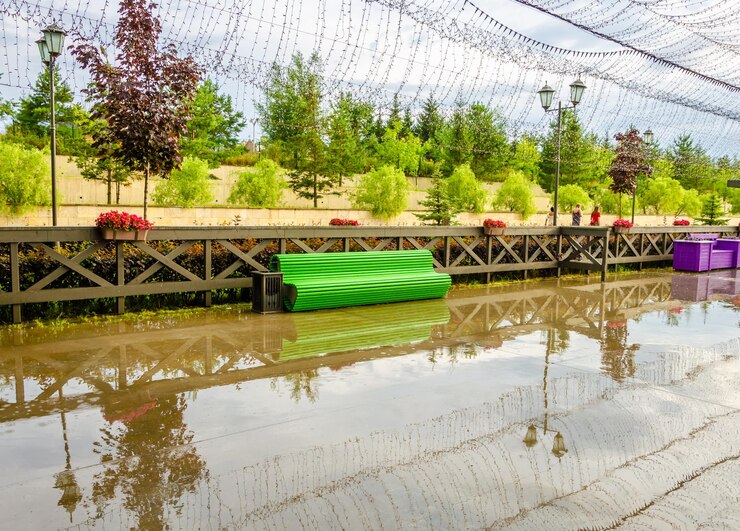Rain Gardens in Seattle: A Sustainable Solution for Stormwater Management
Seattle, known for its scenic landscapes and famously rainy climate, faces significant challenges in managing stormwater. With frequent rainfall, the city’s infrastructure is regularly taxed by runoff that can lead to flooding, water pollution, and soil erosion. To address these issues, Seattle has increasingly embraced rain gardens as a sustainable and eco-friendly solution. Rain gardens not only help to manage stormwater effectively but also add beauty to the urban landscape, provide habitat for wildlife, and improve the quality of water entering local waterways.
A rain garden is a specially designed, shallow depression planted with native vegetation and designed to capture, absorb, and filter rainwater. Unlike traditional lawns or paved areas, rain gardens allow rainwater to infiltrate the soil slowly, reducing the amount of stormwater that flows into Seattle’s storm drains and, ultimately, into local lakes, rivers, and the Puget Sound.
In a rain garden, water from rooftops, driveways, sidewalks, or streets is directed into the garden where it temporarily pools. This water then seeps into the ground within 24-48 hours, mimicking the natural water cycle and minimizing runoff.
As Seattle continues to grow, rain gardens are likely to play an increasingly important role in the city’s stormwater management strategy. The expansion of rain garden initiatives aligns with Seattle’s commitment to sustainability and environmental stewardship. With increasing community awareness and participation, rain gardens not only enhance the city’s resilience to climate challenges but also create a more vibrant, green, and livable Seattle.
